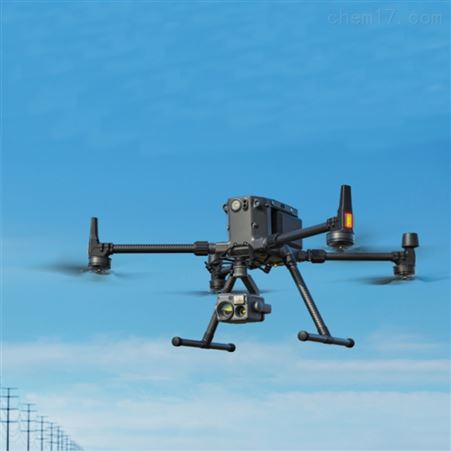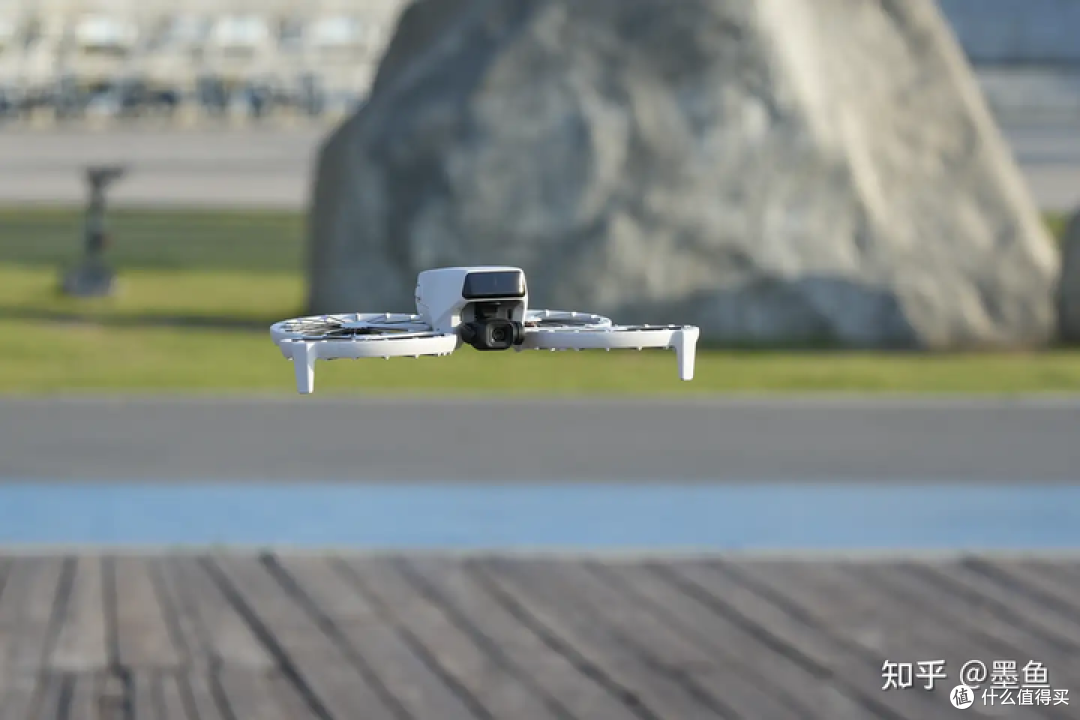The world of a drone is remarkable, bringing cutting-edge technology into various aspects of our lives. Initially developed for military use, drones have now transitioned into an array of commercial and personal applications. The versatility of these devices continues to expand, sparking significant innovations and creating endless opportunities. Let’s delve into how drones are shaping our world, exploring their technology, uses, and future possibilities.
Understanding Drone Technology
Drones, also known as UAVs (Unmanned Aerial Vehicles), are aircraft that can be remotely controlled or fly autonomously through software-controlled flight plans. This autonomy is made possible by a combination of sensors, GPS systems, and onboard processors. The primary components of a drone include the frame, propellers, a system of motors, and a power source. The most sophisticated drones are also equipped with high-definition cameras, LiDAR sensors, and thermal imaging systems, making them highly valuable tools across various sectors.

Drone technology has revolutionized fields such as agriculture, surveillance, and aerial photography. With the integration of AI, the dynamic potential of these devices is further magnified.
Diverse Applications of Drones
1. Aerial Photography and Filmmaking
Drones have transformed the photography and film industry by providing access to stunning aerial views that were once only achievable with expensive helicopter rentals. From capturing breathtaking landscapes to dynamic sports scenes, drones offer photographers and filmmakers new creative perspectives.
2. Agriculture
In agriculture, drones are instrumental in precision farming. They help farmers monitor crop health, assess field conditions, and manage resources better. Equipped with sensors, drones can capture multispectral images showing crucial data about plant health, enabling timely interventions that enhance yield and efficiency.
3. Delivery Services
One promising use of drones is in logistics and delivery services. Companies are experimenting with drone delivery systems to enhance delivery speed and reduce costs. Imagine receiving a package by drone at your doorstep; companies are actively working on making this a reality.
4. Disaster Management and Rescue
Drones play a pivotal role in disaster management, being used for search and rescue operations, assessing damage, and delivering essential supplies to inaccessible areas. Their ability to quickly cover large areas and provide real-time data has proven invaluable in emergency situations.
Innovations Driving the Future of Drones
As technology evolves, the capabilities of drones continually improve, driven by innovations in battery life, AI, and autonomous flying capabilities. The integration of swarm technology, where multiple drones work collaboratively to complete a task, is a developing area with the potential to revolutionize industries like logistics, security, and agriculture.
Moreover, the development of a drone’s ability to “sense and avoid” obstacles autonomously is a significant step towards ensuring safer skies. Urban air mobility is another thrilling aspect on the horizon, with concepts for drone taxis becoming more plausible.
Frequently Asked Questions
What is the average flight time of a consumer drone?
Most consumer drones offer flight times ranging from 15 to 30 minutes per charge. However, advancements in battery technology are likely to enhance this in the future.
Do I need a license to fly a drone?
In many countries, you need a permit or registration to fly drones, especially for commercial purposes. Regulations vary, so it’s crucial to check the specific requirements in your region.

How do drones maintain their position in the sky?
Drones use a combination of GPS, altimeter, and gyroscope to maintain stable flight and position. These tools help the drone hover in place and navigate accurately, even against wind forces.